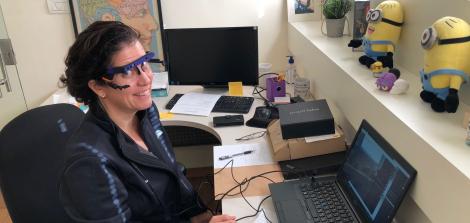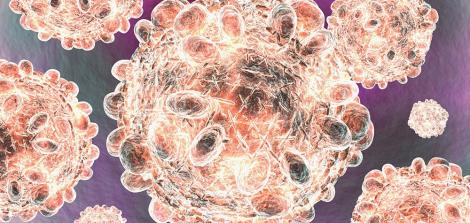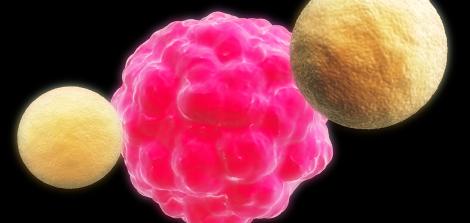How do viruses continue to affect us years after infection?
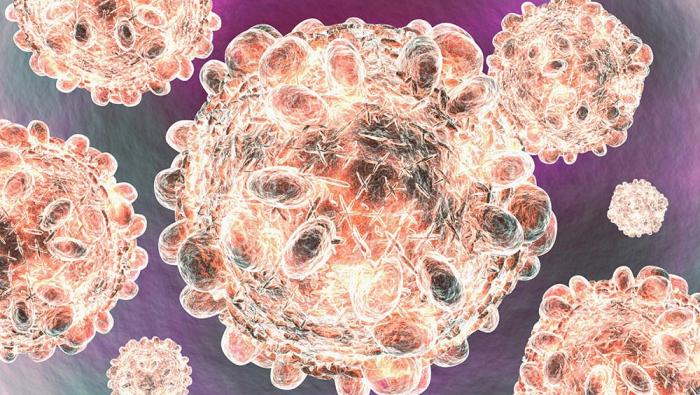
In the laboratory of Prof. Meital Gal-Tanamy at the Dangoor Center for Personalized Medicine at Bar-Ilan University, researchers are working to develop vaccines and treatments for viruses with long-term effects, such as cancer and long COVID.
How can a viral infection lead to cancer, and how is this mechanism connected to what is now known as "long COVID" – the long-term effects of the Coronavirus? Prof. Meital Gal-Tanamy, from the Dangoor Center for Personalized Medicine and head of the Molecular Virology Laboratory at the Azrieli Faculty of Medicine at Bar-Ilan University, studies the effects of viruses on human DNA and explains how they can, among other things, cause cancer.
One of the viruses studied in Prof. Gal-Tanamy's laboratory is hepatitis C – a virus that infects the liver, tends to survive inside the body and causes disease. "Most people infected with hepatitis C are never diagnosed and are unaware they are ill. Of those infected, 20% recover on their own, but for the rest, the infection can become complicated. Among the 80% who do not recover spontaneously and retain the virus in their bodies, 20% will develop chronic liver diseases, and each year, 4% of them will develop liver cancer, which is particularly lethal."
How does the virus cause cancer?
"We found that the virus induces long-term changes in what we call the cell's epigenetics. Epigenetics refers to the way our DNA is packaged within the cell nucleus, which affects gene expression. After all, all of our cells contain the same DNA, but what differentiates liver cells from heart or kidney cells is how the DNA is expressed and how it is packaged in the nucleus. In areas where the DNA is tightly packed, genes will not be expressed; they are only expressed in regions where the DNA is open."
Do existing treatments help?
Does the virus actually alter the epigenetics?
"Yes, we discovered that the virus changes the cell's 'epigenetic signature,' meaning the way the DNA is packaged in the nucleus. As a result, even after the virus is eradicated, the changes it caused to gene expression remain, increasing the likelihood of cancer. These changes can include, for example, enhancing the cells' ability to divide rapidly. We are investigating the pathways through which the virus affects the DNA, as it does not enter the nucleus where the DNA resides, only the cell itself."
How does identifying these pathways help?
"We have identified several pathways through which the virus impacts the DNA, but we are looking for more to develop drugs that can block them or reverse the epigenetic changes caused by the virus. The path to treating patients is still long. The research is currently at the stage of lab-based cell studies and liver samples from patients, but it is possible that we will not need to develop new drugs; existing drugs already approved for use may prove effective in countering the changes the virus causes in cells and preventing cancer development."
Is there a cure for hepatitis C?
"Yes, there is a treatment for hepatitis C that helps 99% of patients. However, the disease is transmitted through infected blood, and some people, particularly drug users and healthcare workers, become reinfected repeatedly. The problem is that curing the virus does not eliminate the risk of developing liver cancer, which claims around 300,000 lives worldwide each year. Therefore, alongside efforts to understand how the virus impacts cells and causes cancer, we are also working to develop a vaccine against it."
What is your strategy for developing a vaccine?
"We are trying to understand what happens in the immune systems of the 20% of people who recover from the virus spontaneously, developing an acute rather than chronic illness. We compare the antibodies of those who recover to those of individuals who develop chronic disease and examine which areas of the virus their antibodies bind to."
And what have you discovered?
"It turns out that the antibodies of those who recover on their own can bind to strategic areas of the virus, called 'epitopes,' which are unique to them and not found in chronic patients. We take these epitopes – specific parts of the virus' protein – and use them as a vaccine. The idea is to inject the body with these strategic protein fragments from the virus’s envelope, so the immune system learns to develop a response against them. This way, we aim to help people mimic the immune response of those who successfully fought off the virus."
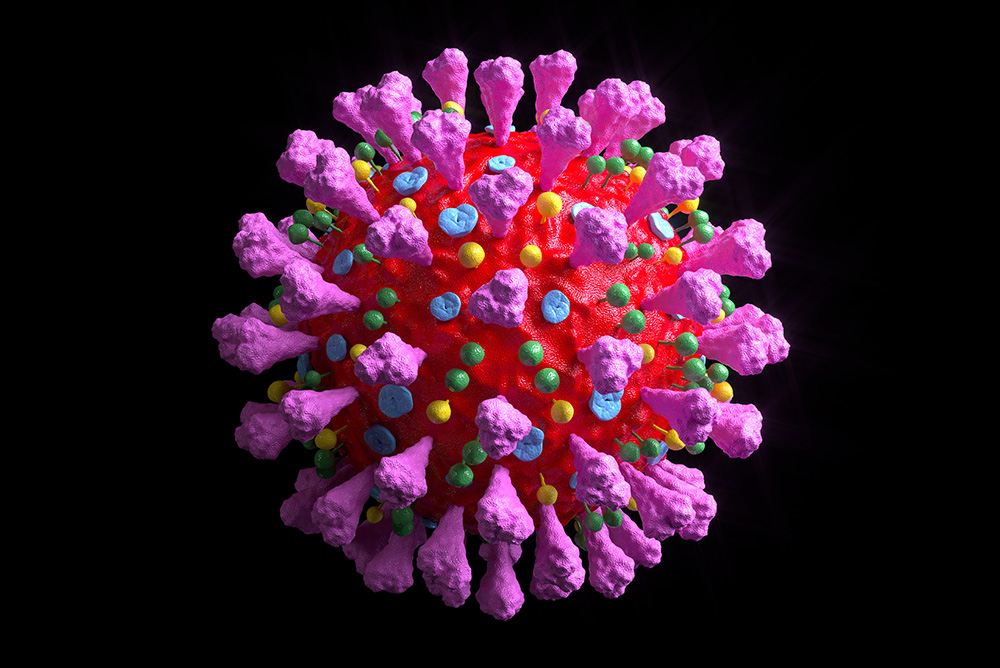 COVID-19: Still a threat
COVID-19: Still a threat
Are you studying other viruses that have long-term effects besides hepatitis C?
"Yes, we are also studying other viruses with long-term effects, like the papillomavirus, which can cause cervical cancer and is found in over 90% of women diagnosed with the disease, in collaboration with the gynecology department at the hospital in Nahariya."
Another area of your research is related to the COVID-19 pandemic. What are you investigating?
"We are studying the COVID virus, particularly the phenomenon of long COVID, where patients – mainly those who were not vaccinated – develop symptoms that can persist for a year or two after infection. When examining changes in hamsters infected with COVID, we found epigenetic changes in the brain, liver and lungs. We cannot yet link these changes to specific symptoms, but they may align with reports of fatigue and cognitive impairment following COVID infection."
Did you find connections between the mechanisms of different viruses?
"Connections between the viruses are discovered by chance. When we started working on COVID, we found a link between COVID and hepatitis C: in cells infected with hepatitis C, there was an increase in the expression of the coronavirus receptor ACE2 (Angiotensin-converting enzyme 2). This means that hepatitis C patients are at a higher risk of contracting COVID and, as a result, face an increased likelihood of liver damage, as both viruses affect the liver. Both viruses can infect the liver and coexist, with the cellular pathways they alter benefiting both. The research is still ongoing and has not yet been fully published."
How has the global medical effort regarding the pandemic advanced your research?
"At the start of the pandemic, we collaborated with many research groups because we developed methods that attracted significant interest. Today, we use COVID as a model and are working on sequencing the antibody repertoire of individuals infected with the virus. In one of our studies, in collaboration with the Blavatnik Center at Tel Aviv University, we are searching for new treatments for COVID."
The vaccine isn’t good enough?
"The virus is still present, and people are still dying from COVID. It has become similar to the flu, primarily affecting older adults but not exclusively. We are searching for treatments for the virus, just as treatments are sought for the flu. We are examining the antibodies in the immune systems of individuals who were infected compared to those who were not and identifying which regions of the virus the antibodies bind to. This method has unique advantages: it allows us to discover epitopes that were not identified by other methods and can help develop a cocktail of antibodies against COVID or a vaccine based on unique epitopes."
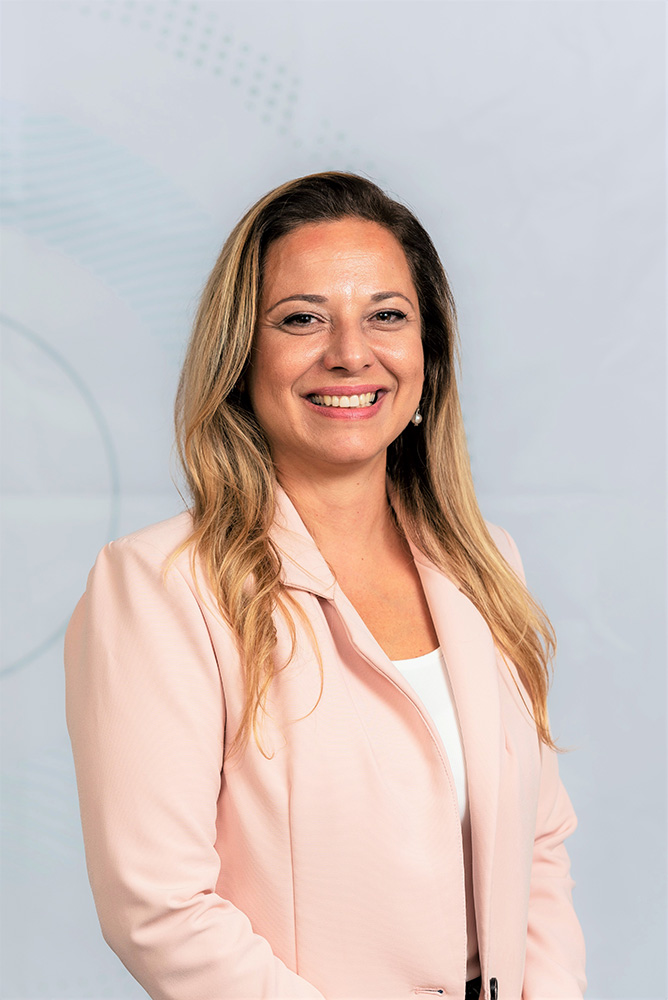 Prof. Meital Gal-Tanamy
Prof. Meital Gal-Tanamy
"I was drawn to the idea of starting from scratch."
Prof. Gal-Tanamy earned her bachelor's, master's and doctoral degrees at Tel Aviv University, and in 2006, traveled to the University of Texas for her post-doctoral studies. Today, in addition to her research work, she serves as the Associate Dean for Academic Research and as President of the Israeli Society for Microbiology. "While in Texas, I heard about the Azrieli Faculty of Medicine at Bar-Ilan, which was about to open in the Galilee, and I was very drawn to the opportunity to start something from scratch. My partner and I also loved the idea of living in the green north, surrounded by open landscapes. I joined the faculty in 2011 and have been here since its opening."
What was it like to join the Faculty when it was just being established?
"The laboratory building did not yet exist. I worked in a temporary building- the building I currently work in had not been constructed. We developed the entire curriculum, and I took on the task of creating new courses for medical and advanced degree students. Together with other researchers, we built a research infrastructure. Apart from the construction, which was planned in advance, we had to build almost everything else from scratch."
What do you think makes Bar-Ilan's Faculty of Medicine unique?
"Although we already have several hundred medical and advanced degree students, we still know many of them personally, and some even closely. We remain a very family-oriented faculty. Our location in the Galilee also plays a significant role. During the war, it was extremely challenging; the rockets made studying and research very difficult, but we tried to maintain a wartime routine. The Galilee creates a special atmosphere for the faculty, the students, and the staff. We also benefit from access to unique populations that advance our research and collaborate with hospitals throughout the Galilee."
To conclude, looking ahead ten years – what would you like to see develop in your field?
"I would love to see a vaccine for hepatitis C finally discovered, something researchers have been unable to achieve for nearly 35 years, and I would be delighted to contribute to such a breakthrough and to the field of virology in general. Viruses are the leading cause of death worldwide, even more than cancer, and this knowledge could be crucial if another pandemic strikes in the future. This is essentially what happened with COVID – an enormous amount of knowledge was accumulated, enabling the rapid development of a vaccine that no one believed would be possible so quickly. Thanks to the dedication of so many researchers to understanding the virus and its genome, progress was lightning-fast, proving just how far we can go when we work together."
Last Updated Date : 25/05/2025




